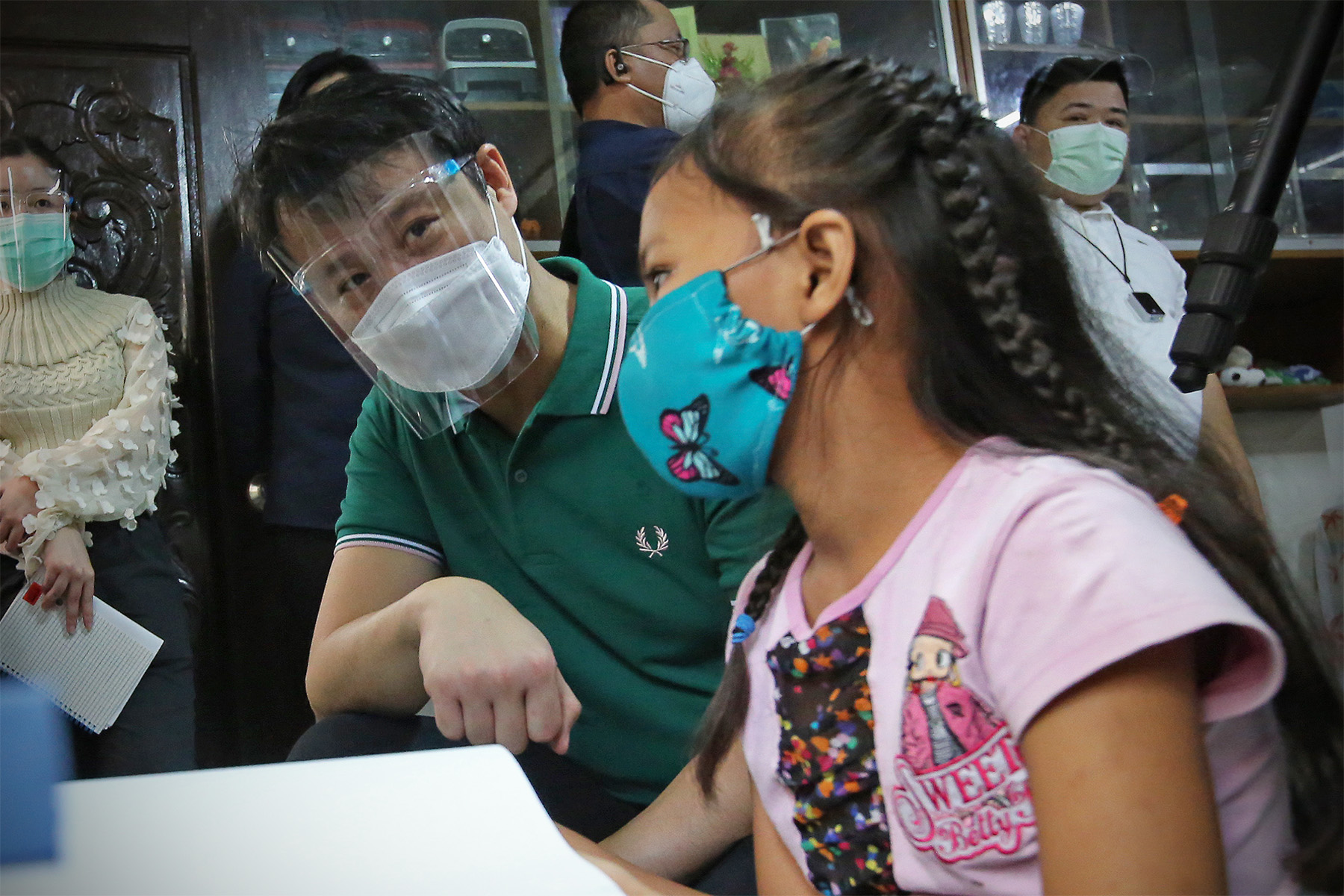A new poll on distance learning woes reveals how the digital divide hounds parents and learners nationwide amid the COVID-19 pandemic. For Senator Win Gatchalian, the basic education sector’s recovery should accelerate efforts in expanding access to both internet connectivity and gadgets for learning.

Out of 1,200 adults surveyed nationwide in a Pulse Asia survey conducted from February 22 to March 3, 63% have a child in basic education. When asked about the educational problems they encountered during the pandemic, issues related to internet connectivity and access to gadgets were among the most common, with 43% of the respondents saying intermittent internet connection is usually their problem at home, 36% identified the lack of gadgets like cellphones, tablets or laptops, and 30% said they struggle with expensive internet fees.
While the 2019 National ICT Household Survey revealed that the National Capital Region (NCR) has the highest number of households with internet access (33.2%), the Pulse Asia survey revealed that it is the region that suffers most from intermittent internet connection (55%) and expensive internet fees (47%) compared to the rest of Luzon, Visayas, and Mindanao. While NCR suffered less (28%) from the lack of gadgets, the problem is more common in the rest of Luzon (41%), Visayas (33 percent), and Mindanao (34 percent).
Based on the 2019 National ICT Household Survey, 82.3% of households nationwide do not have access to the internet. The Bangsamoro Autonomous Region in Muslim Mindanao (95.5%) and Region IX (93.8%) have the highest number of households without internet access.
Gatchalian last year proposed the installation of cell sites in all public schools to expand internet access nationwide. As part of the roll-out of the Public Education Network (PEN), the Department of Education (DepEd) and the Department of Information and Communications Technology (DICT) recently signed a memorandum of agreement to allow the use of public schools as common tower sites. Gatchalian has vowed to file a bill that will provide the country’s learners with a laptop and internet allowances.
“Sa gitna ng ating pagsisikap na ipagpatuloy ang edukasyon sa panahon ng pandemya, nakita natin na ang gadgets at internet ay para na ring tubig at kuryente para sa ating mga mag-aaral at kanilang mga pamilya. Sa pagbangon ng sektor ng edukasyon mula sa pandemya, dapat pagsikapan natin na walang mag-aaral ang mapag-iiwanan dahil lang hindi sila konektado sa internet o kaya naman ay wala silang magamit na gadgets para sa pag-aaral,” said the Chairman of the Senate Committee on Basic Education, Arts and Culture.
According to DepEd’s Learner Information System data as of November 27 last year, more than 18.7 million out of almost 24 million learners are using printed modules for distance learning. More than 1.6 million learners are attending online classes.


